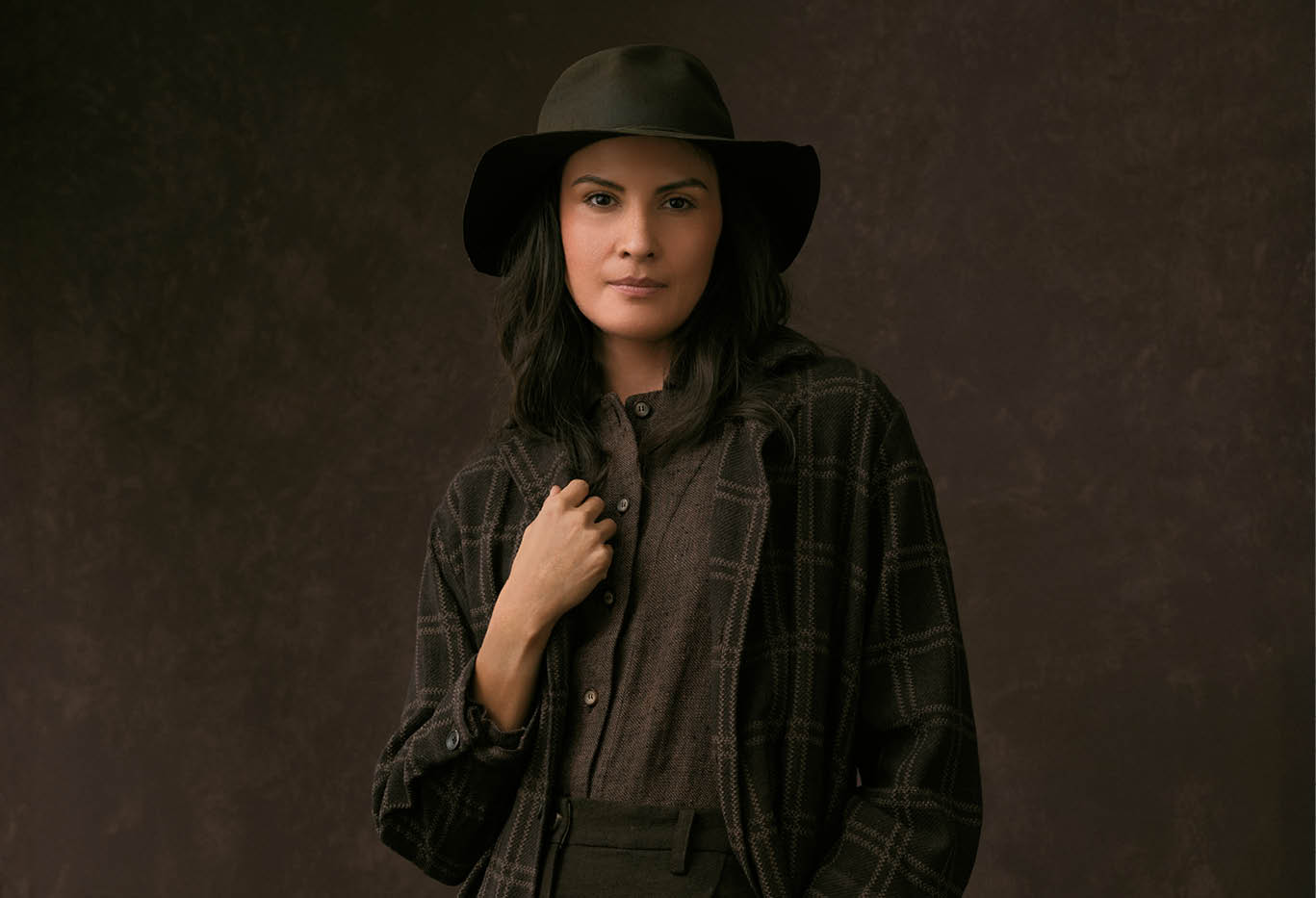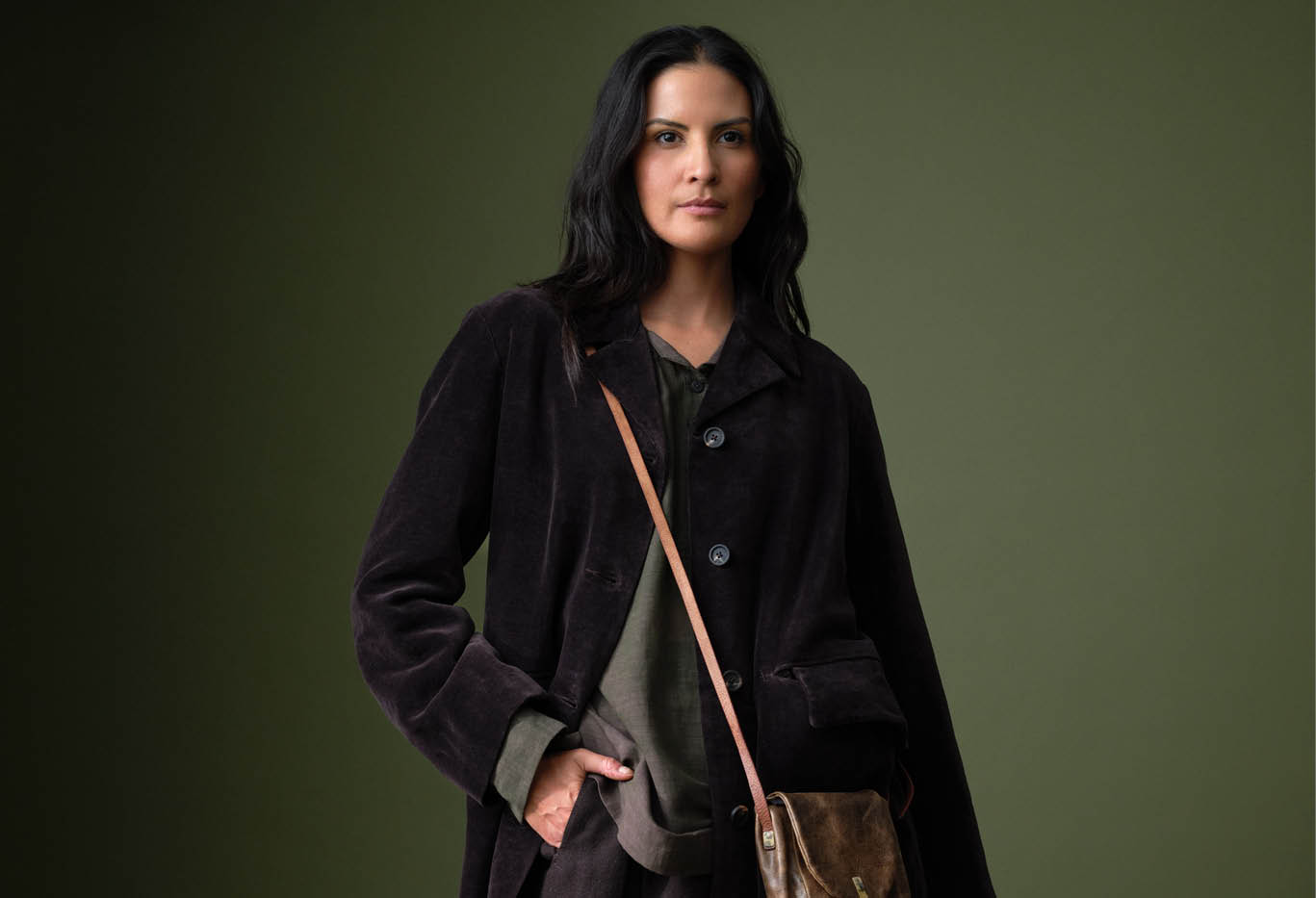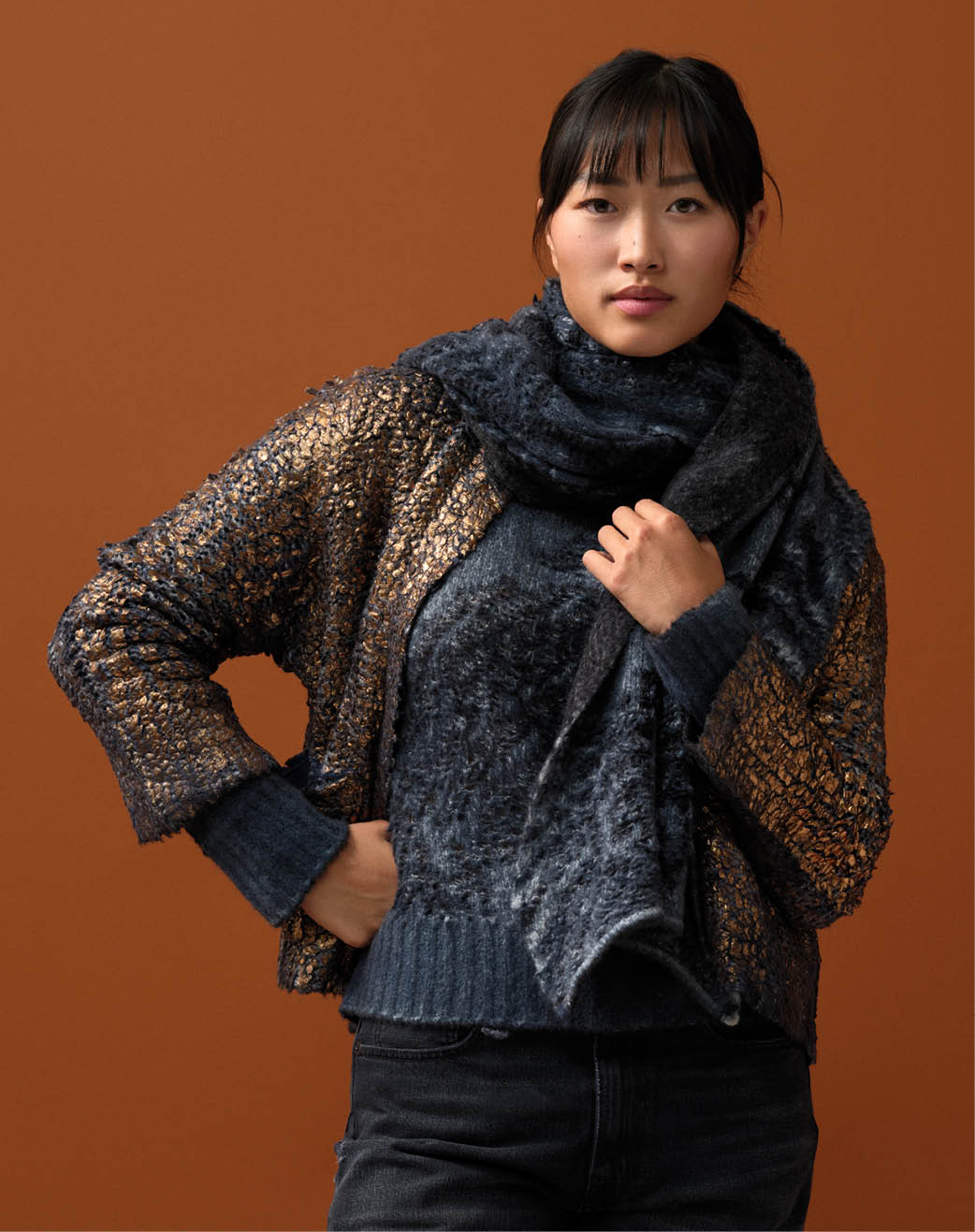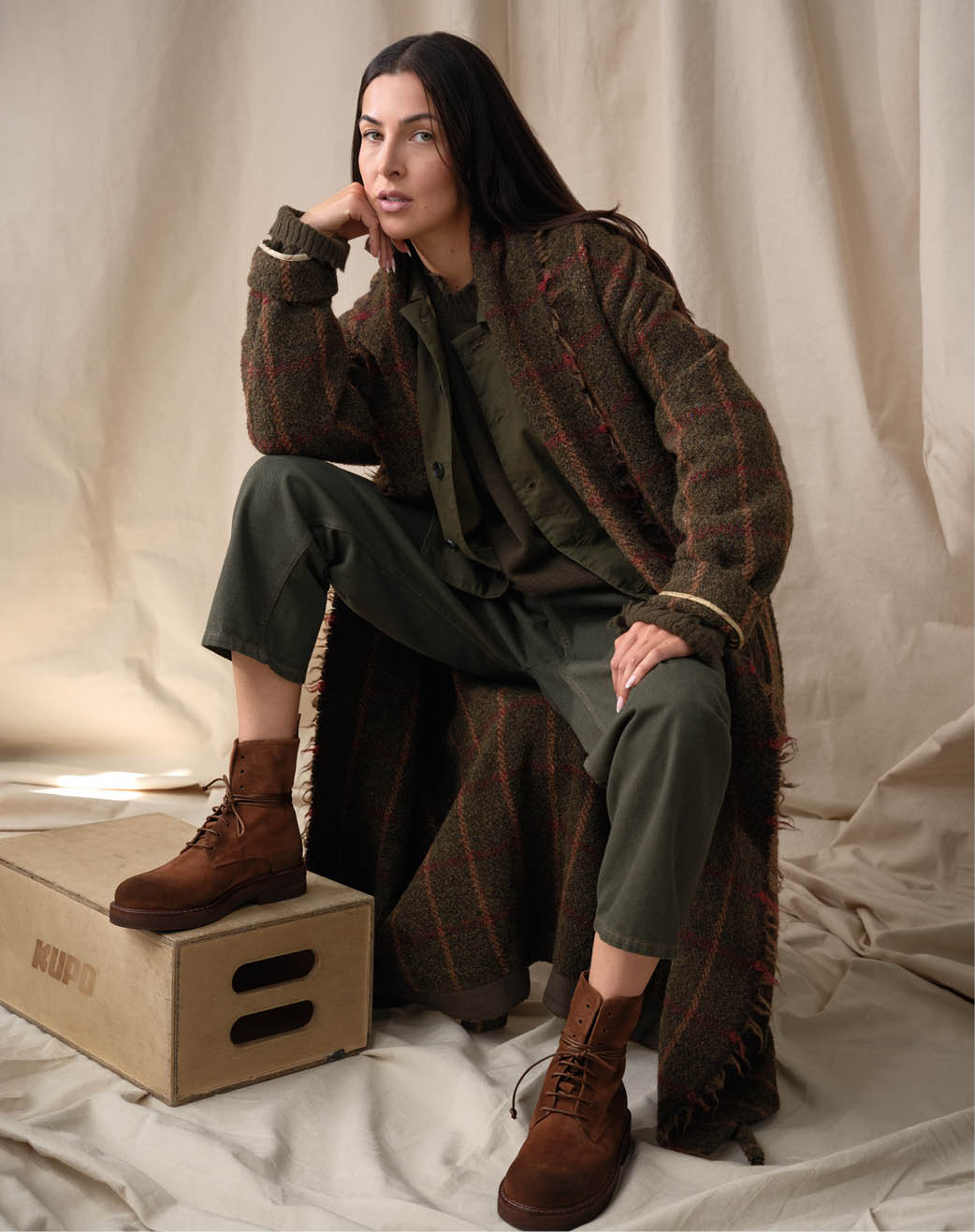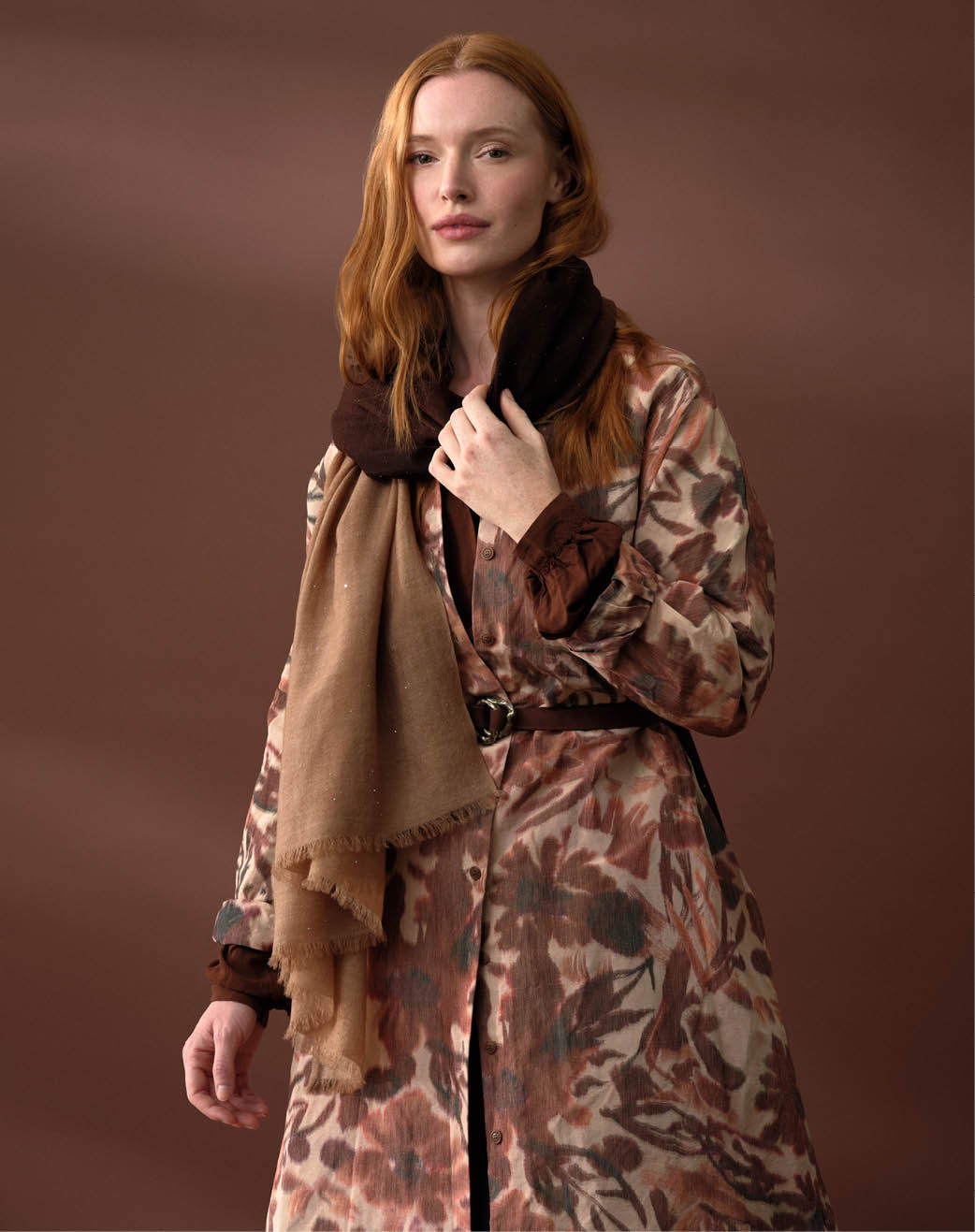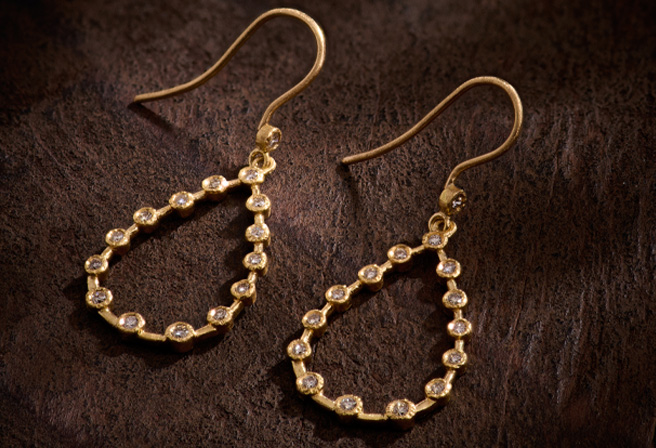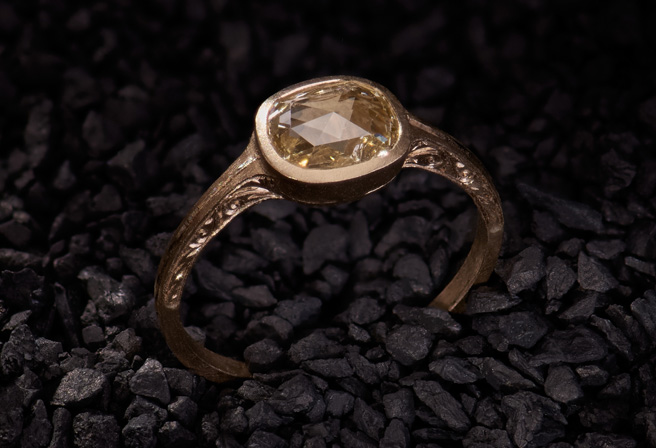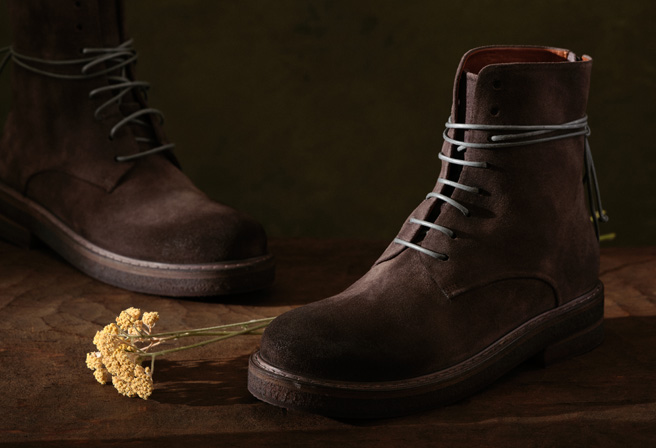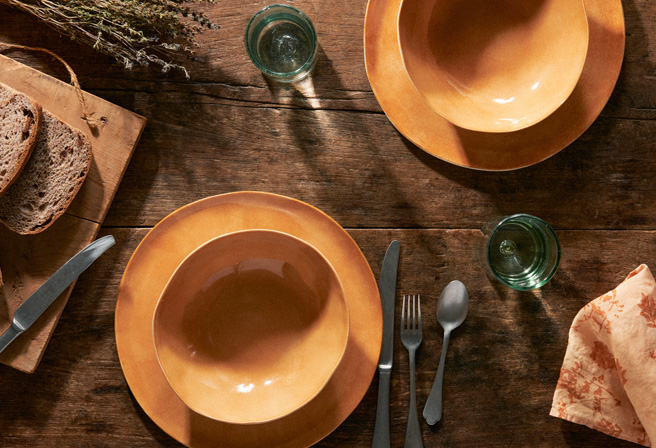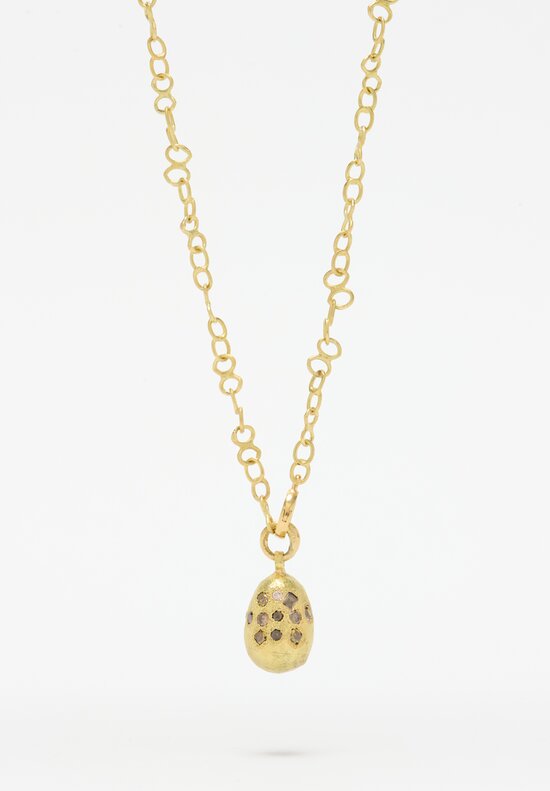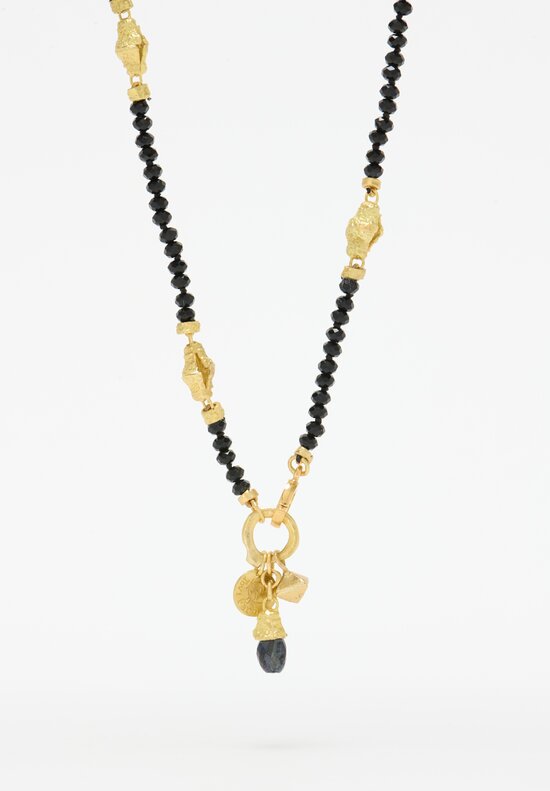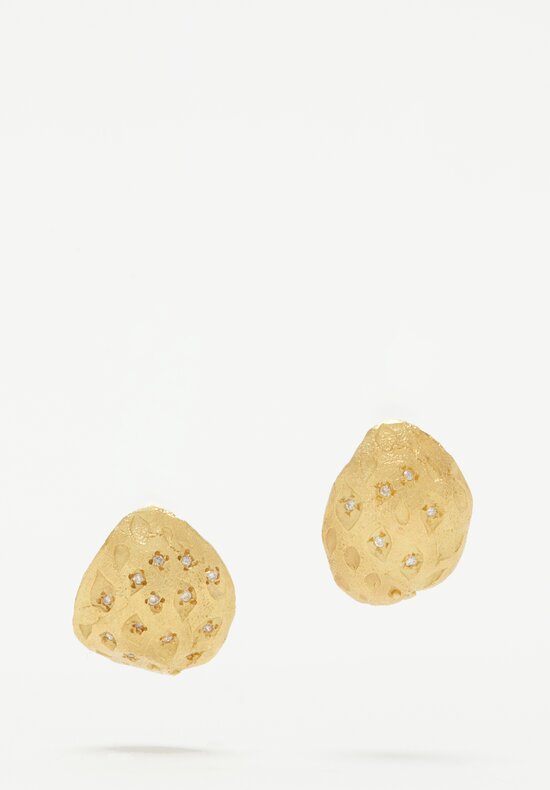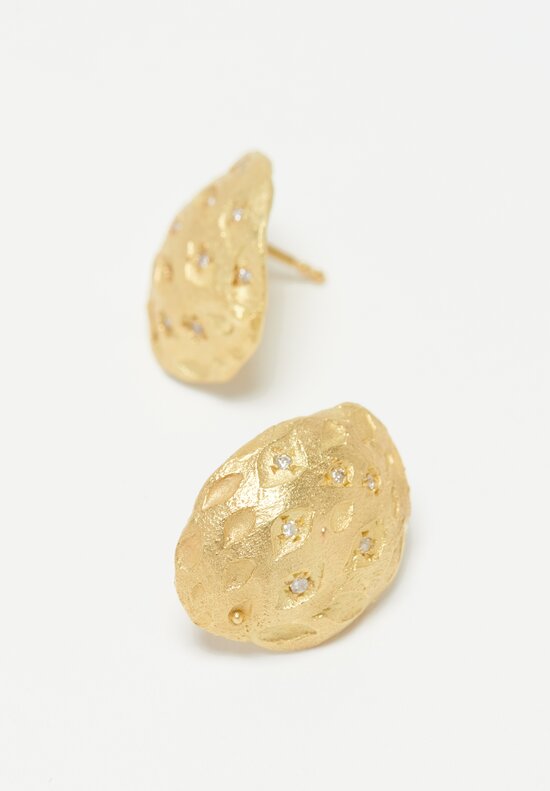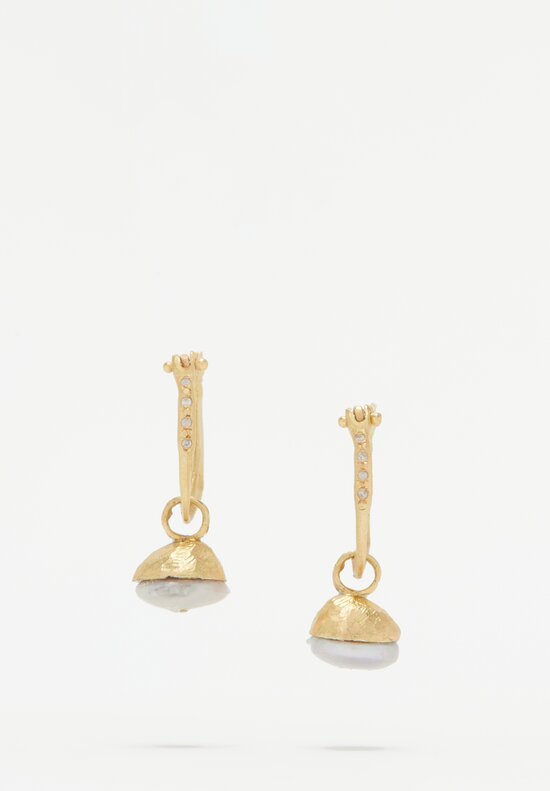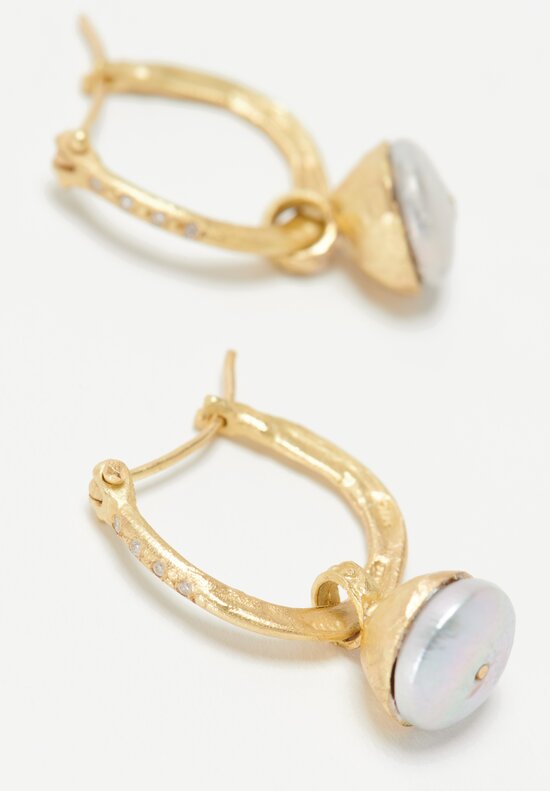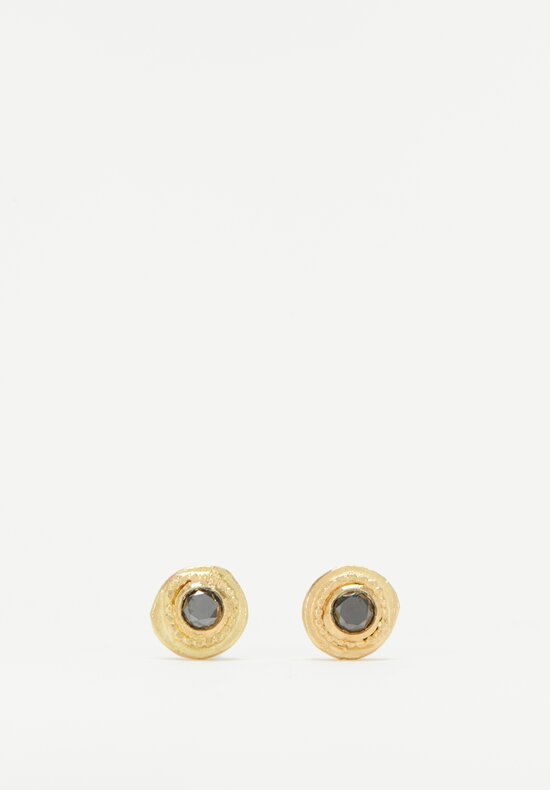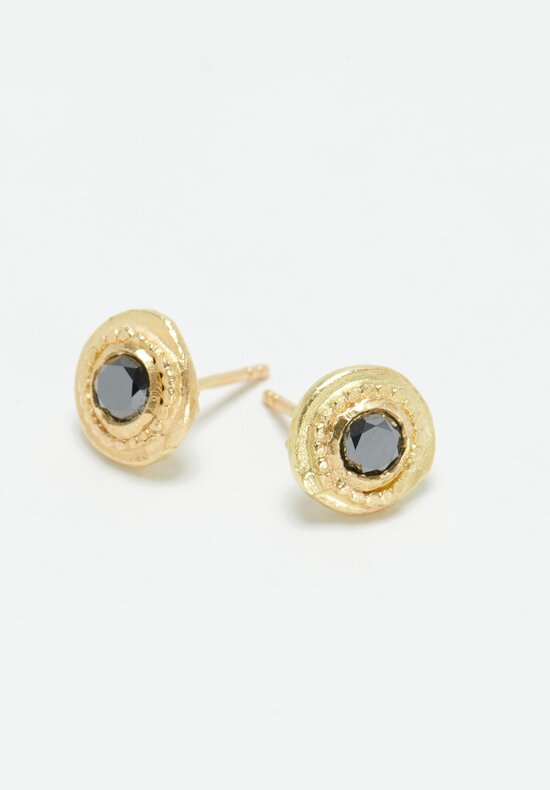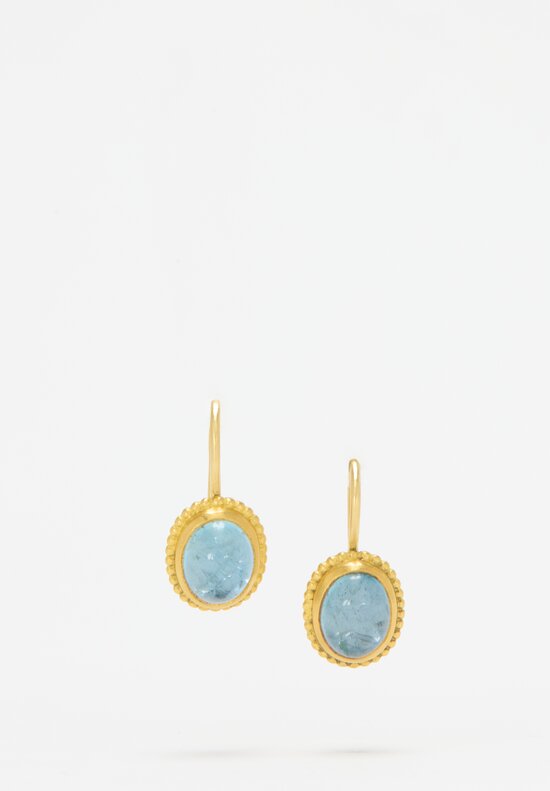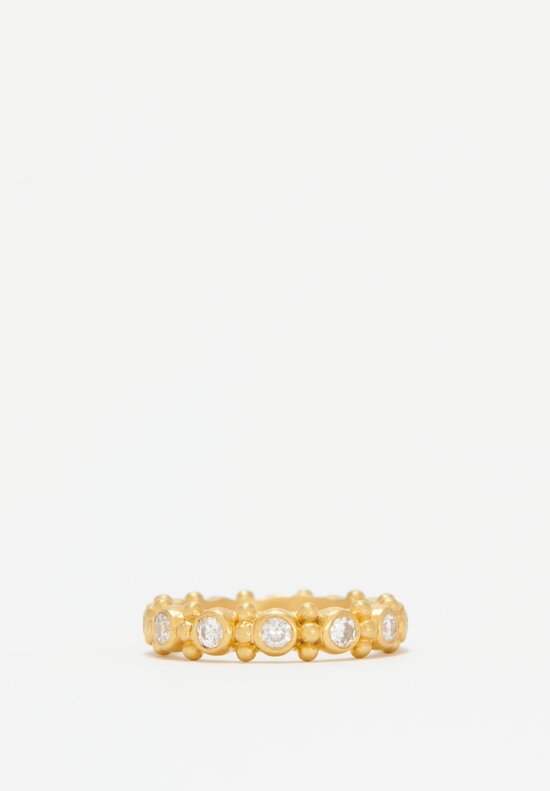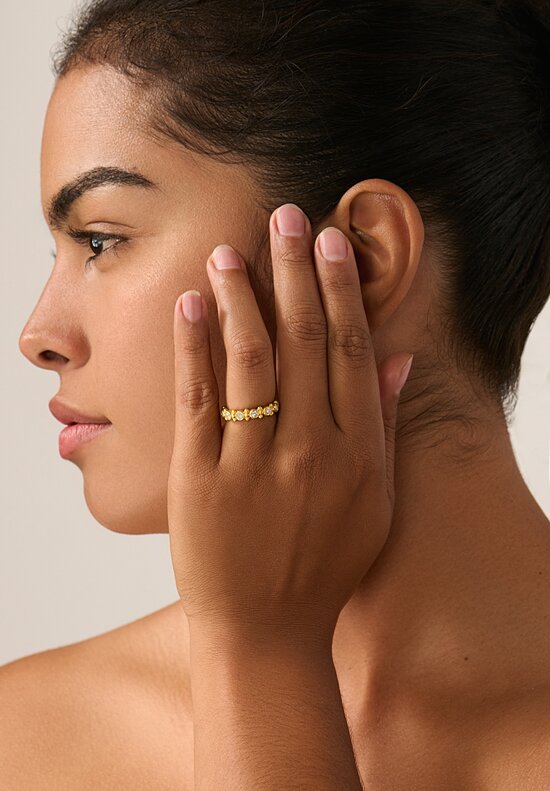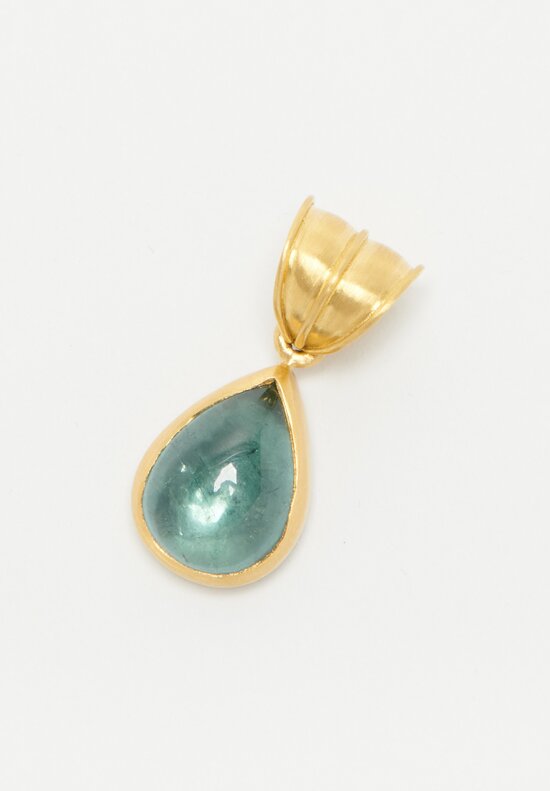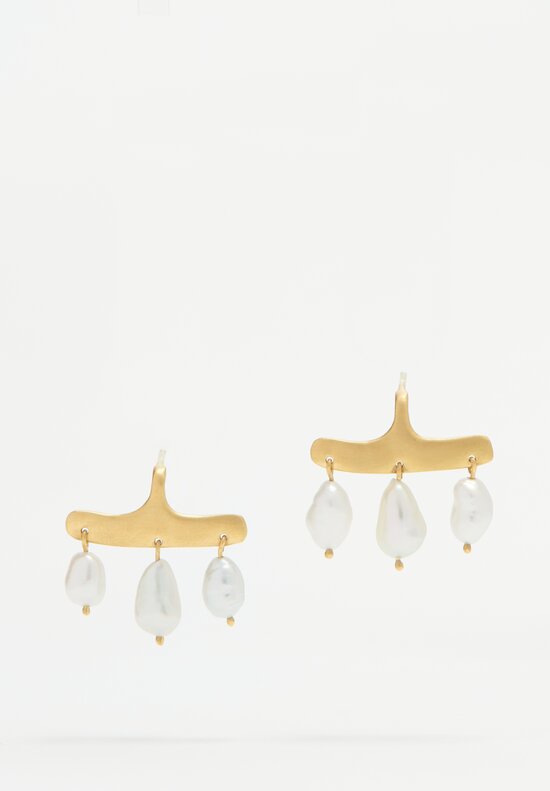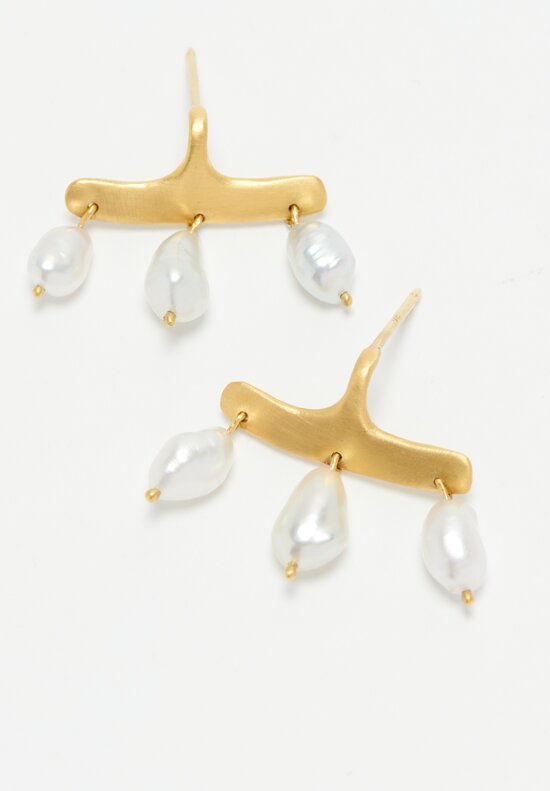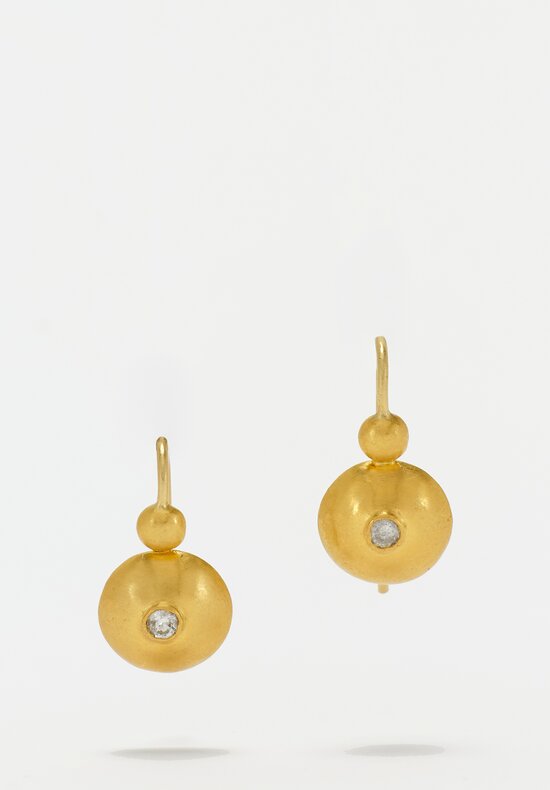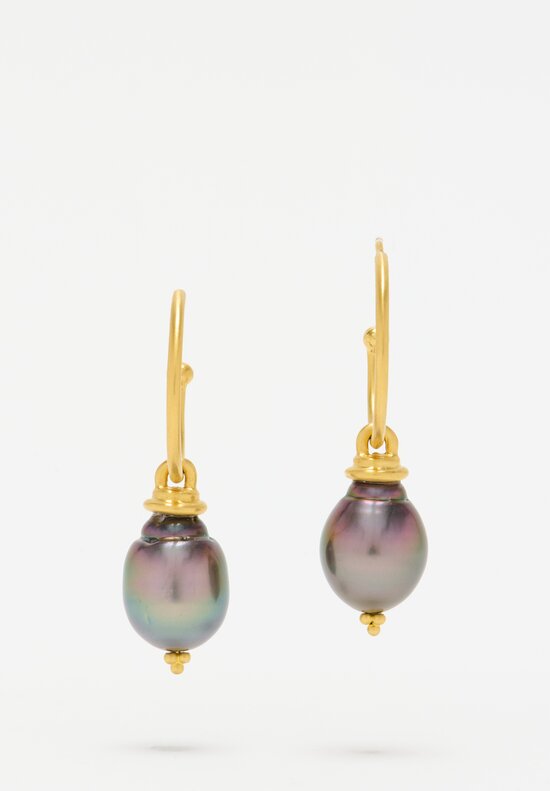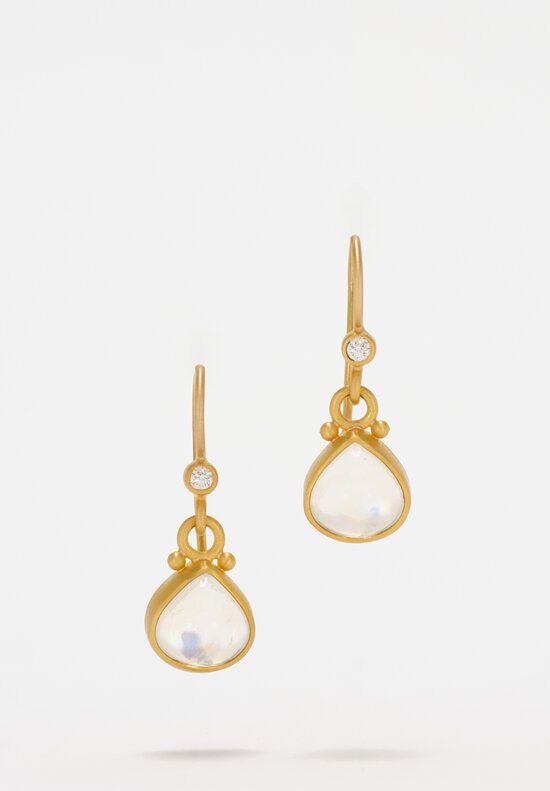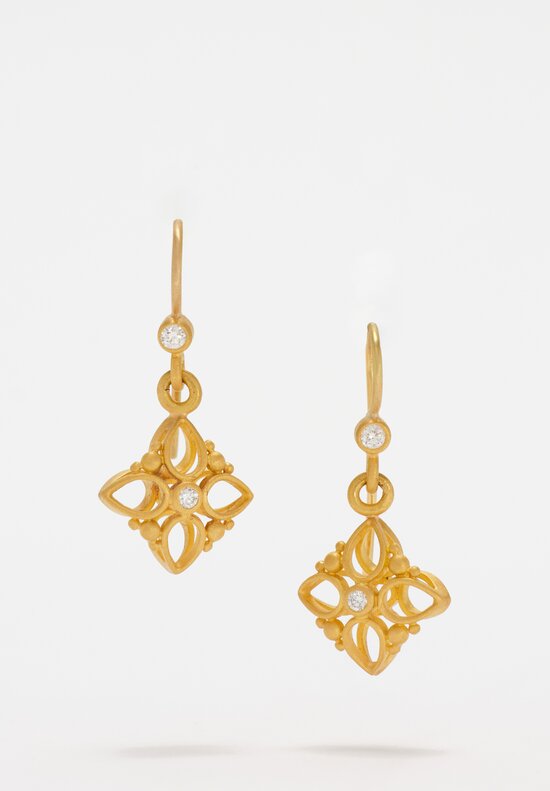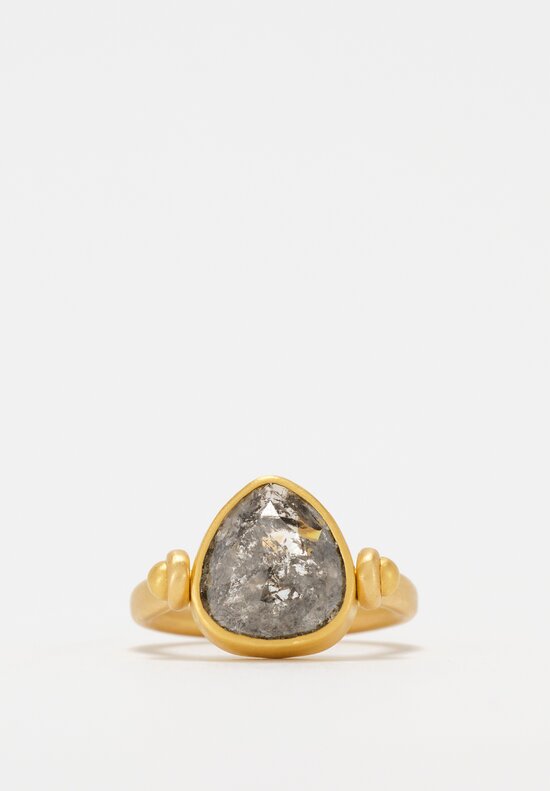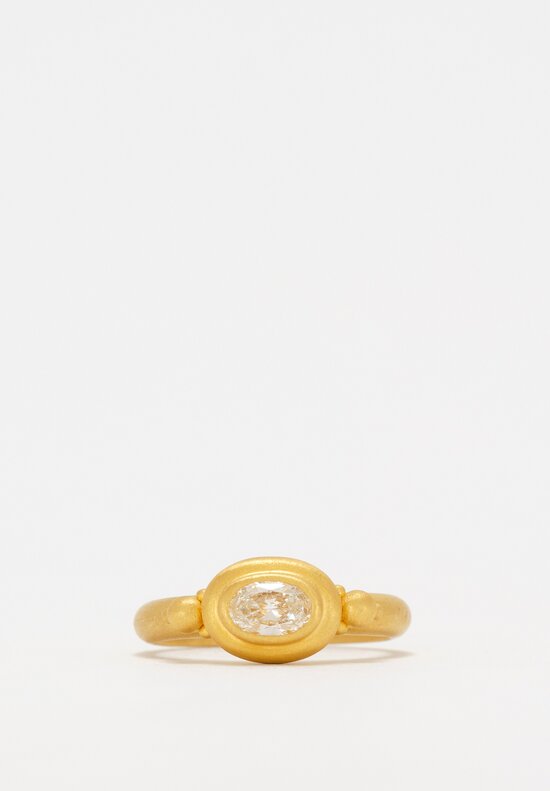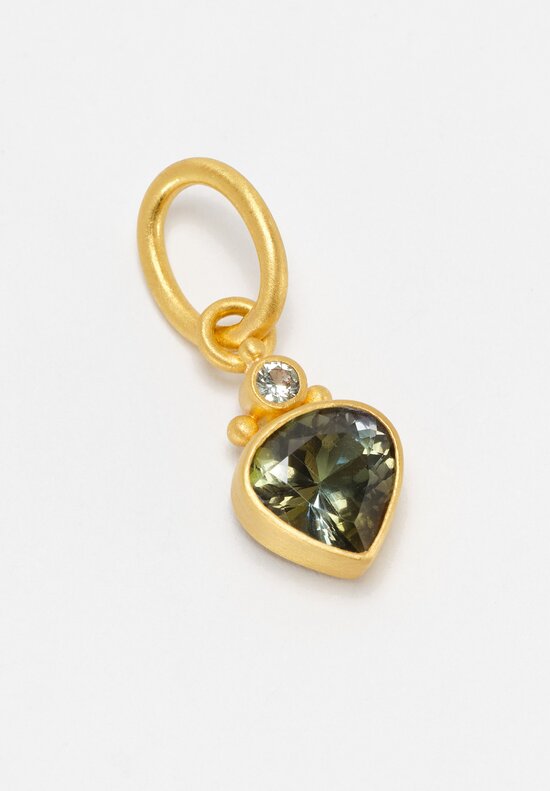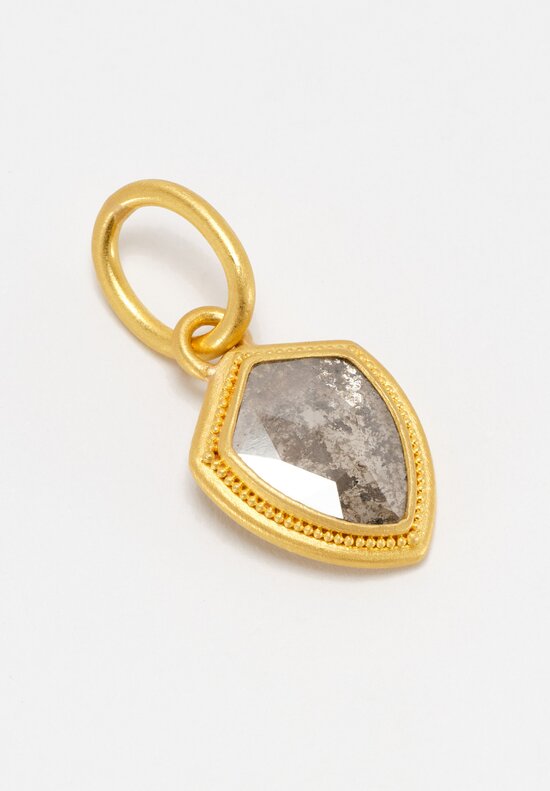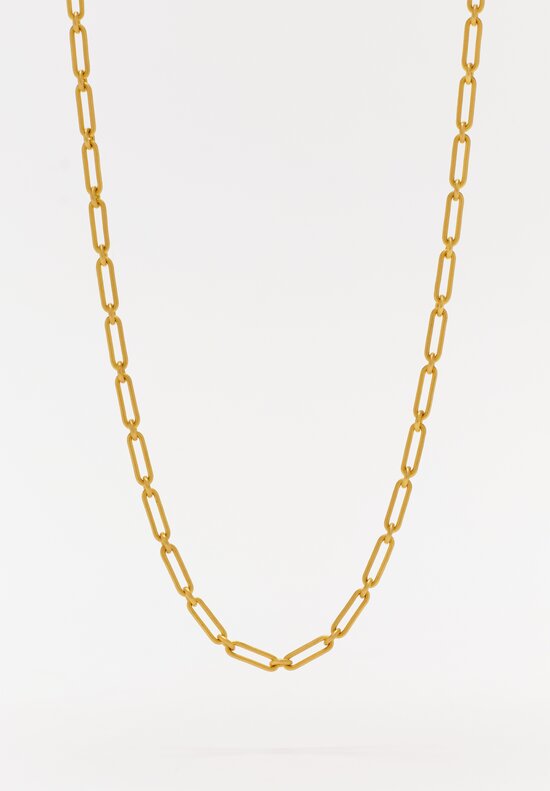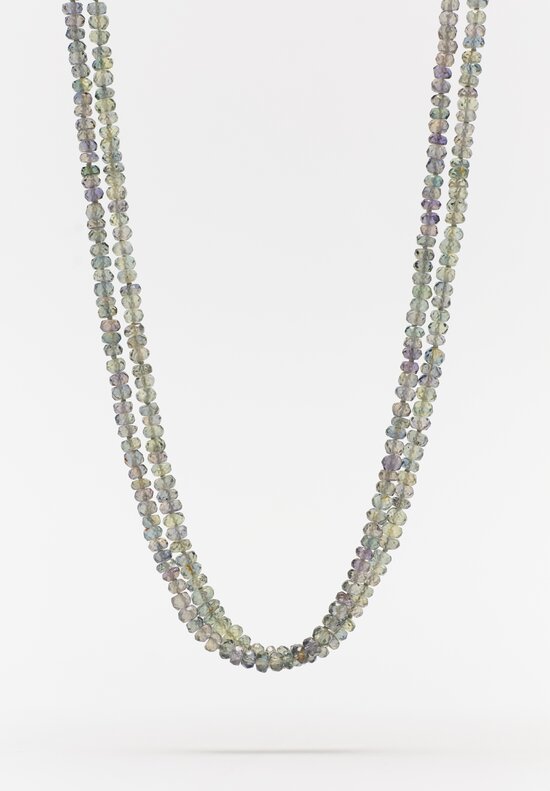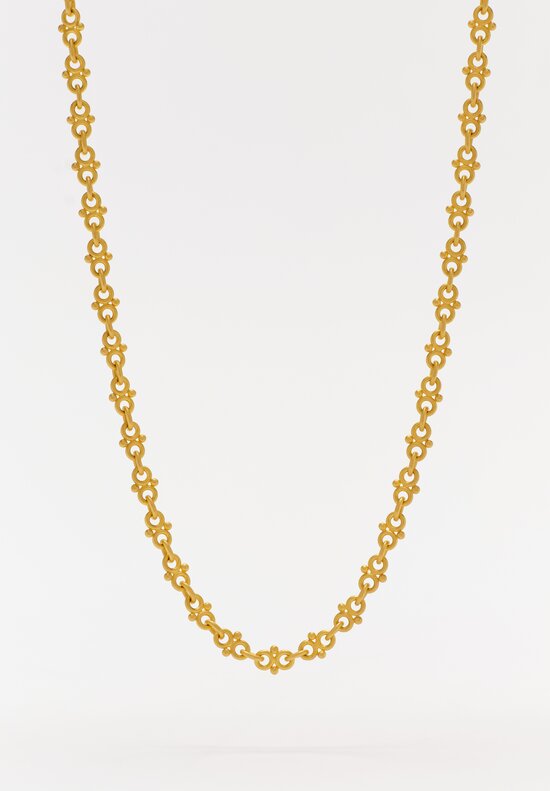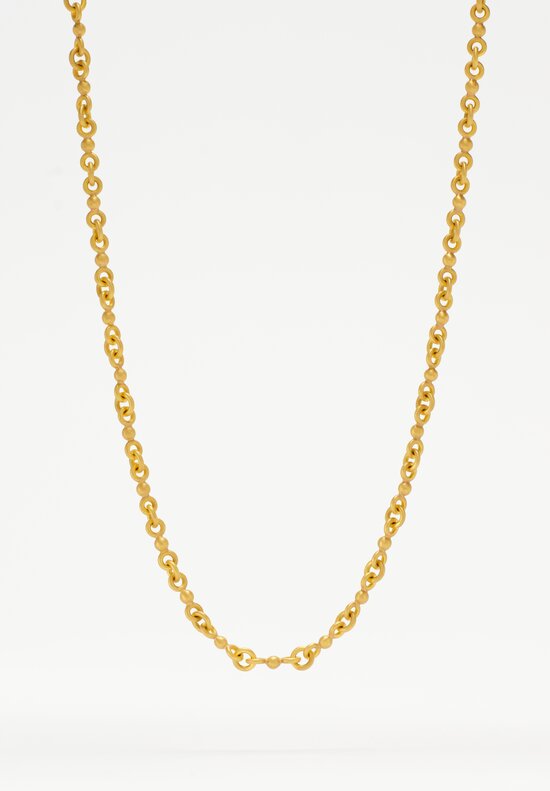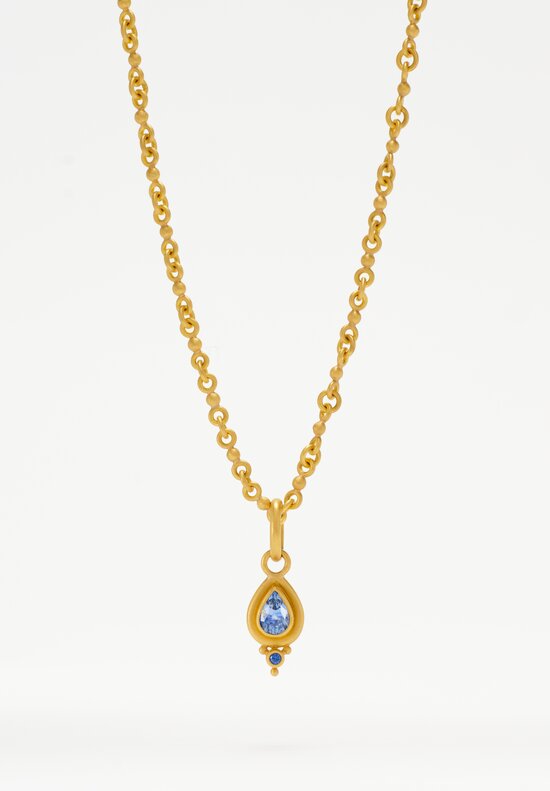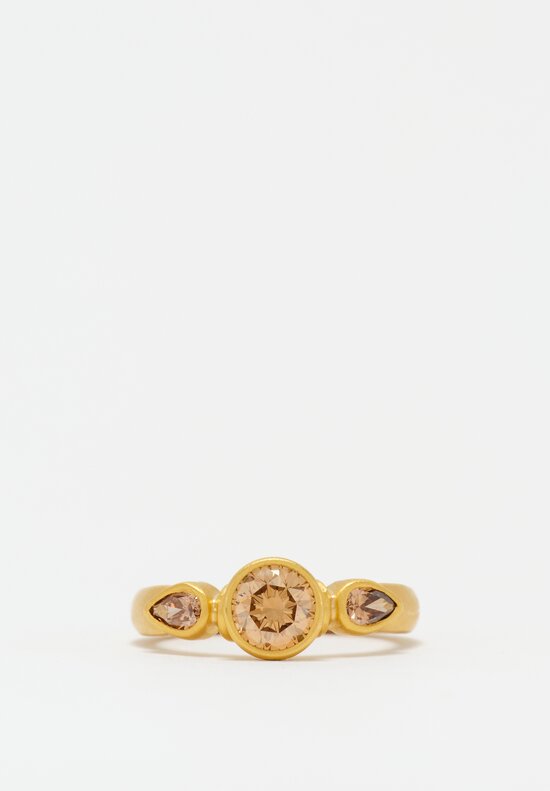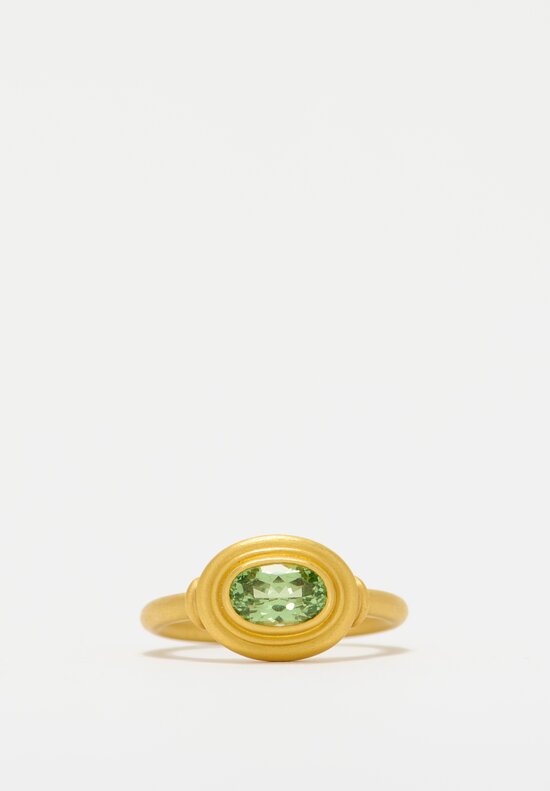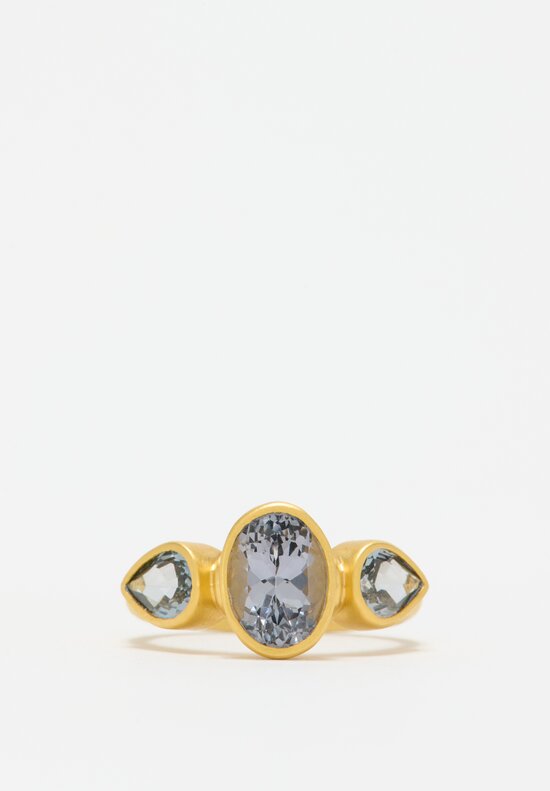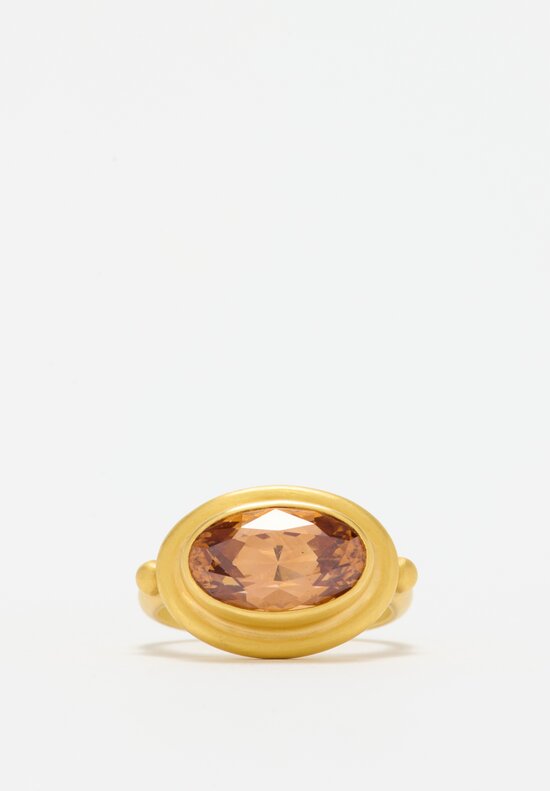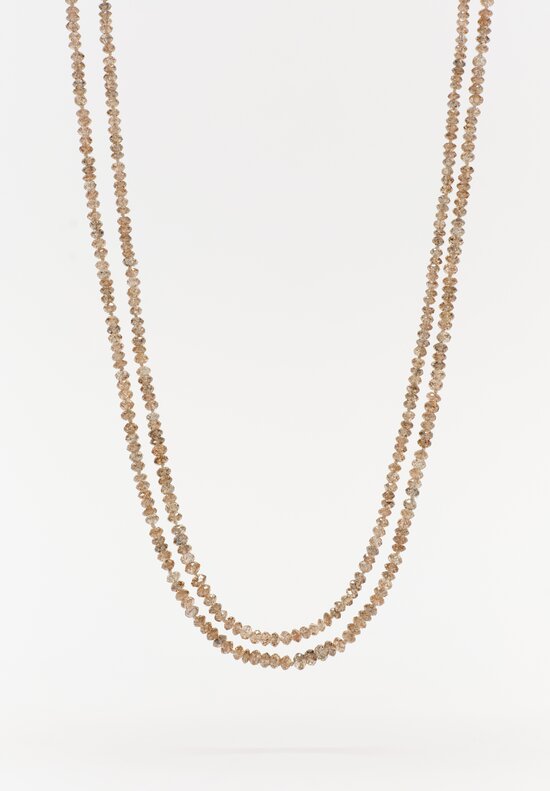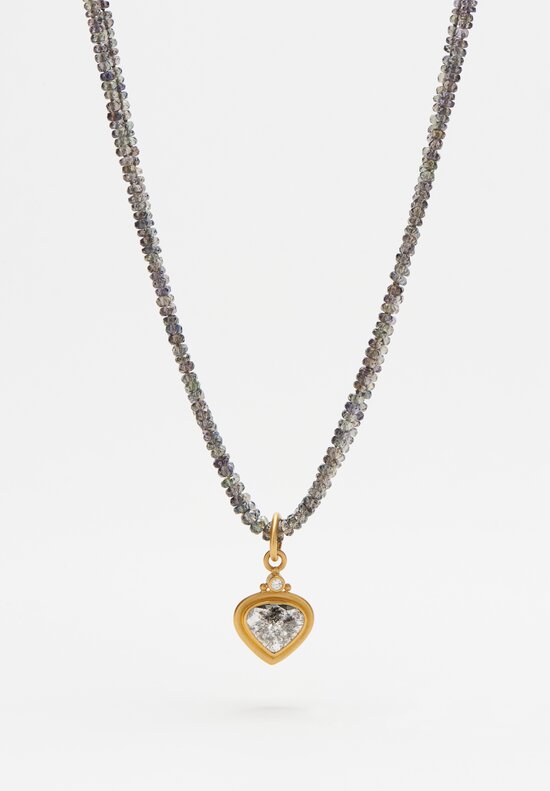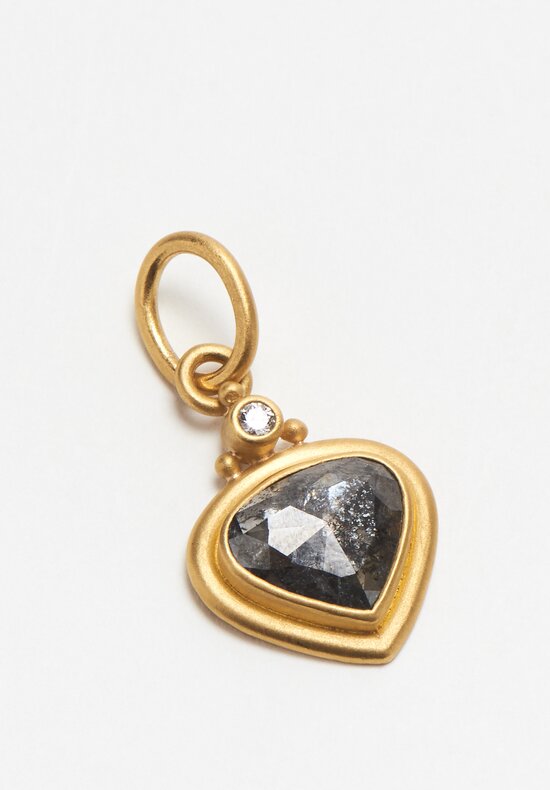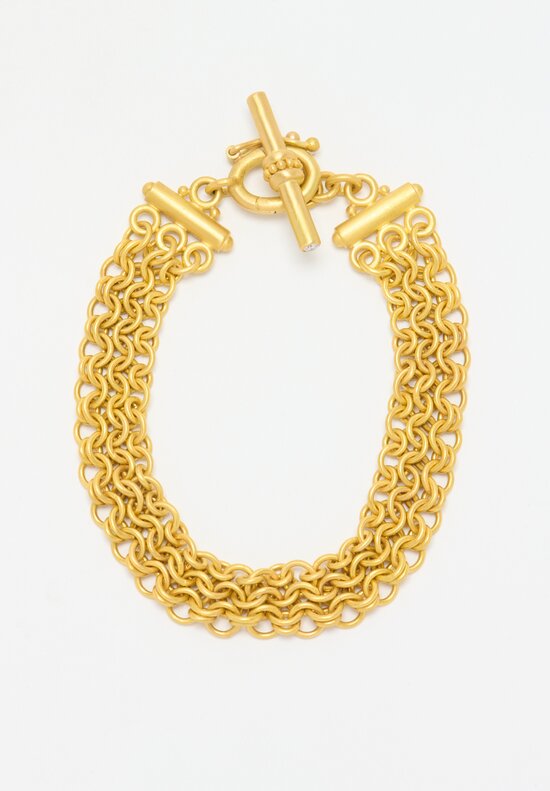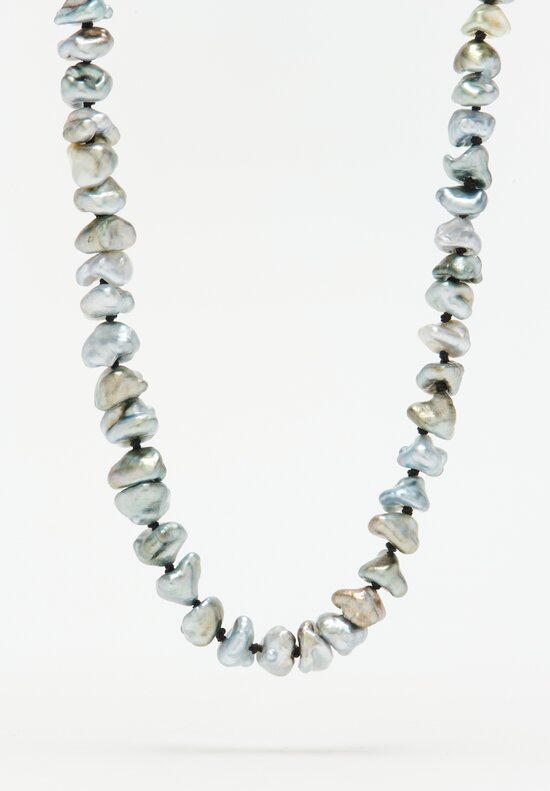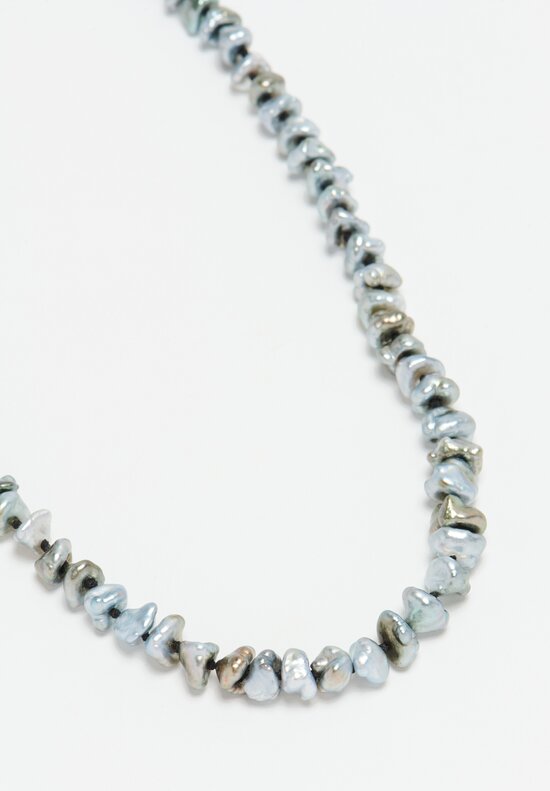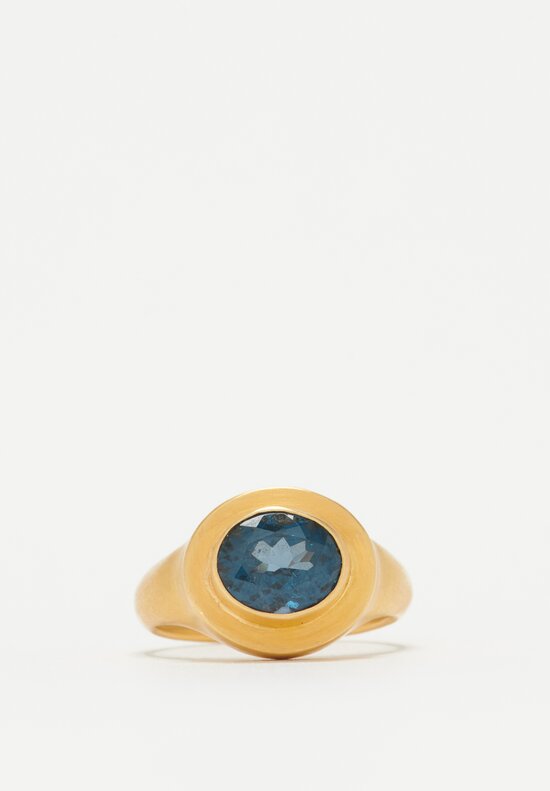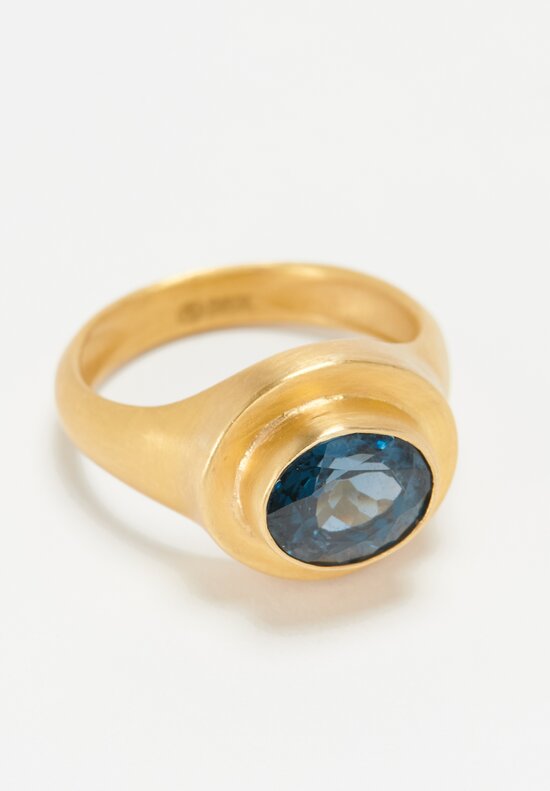Excavating jewelry of the Ancient Mediterranean with Tovi Farber, Jean Prounis and Denise Betesh.

Jewelry as Protection
In ancient times, jewelry was often revered not just as ornamentation, but as a talismanic shield against harm, illness and the unseen dangers of the natural world. This was particularly crucial during life’s pivotal moments—birth, puberty, marriage, pregnancy, and death—when individuals confronted the uncertainties of transition.
For Tovi Farber, working with the materials of antiquity presents both a challenge and an opportunity—a chance to explore and reimagine ancient jewelry traditions while still honoring their deep historical roots.
An Expression of Affection
In the ancient world, tokens of affection were tangible expressions of love, given to lovers, family, or friends. These keepsakes, often adorned with depictions of love deities like Eros and Aphrodite or inscribed with sentimental messages, served as poignant reminders of the giver, especially after death.
Ancient Greek and Byzantine jewelry conventions echo throughout Jean Prounis’ jewelry. Her choice of 22K gold is rooted in antiquity – a karat prized across centuries for its luster and malleability. Each piece of Jean’s jewelry is hand-wrought using ancient goldsmithing techniques, with granulation worthy of Empress Theodora.
Practical Use
Jewelry in antiquity also served practical purposes. Before the advent of pockets or buttons, golden clasps were used to fasten garments. Engraved signet rings, made of gold, doubled as seals, merging utility with aesthetic appeal.
Denise Betesh uses a delicate and detailed process used since the third millennium BC by eastern Mediterranean goldsmiths to create her signature gold links. Denise mills and draws the gold, then fuses individual tiny granules of gold onto the surface of the metal without solder. Using a hand-turned rolling mill to make the wire that becomes the individual links, each chain takes between 15 and 30 hours to complete.
Valuable Offerings
Some jewelry transcended its role as personal adornment, finding its place as offerings to the divine. Ceremonial pieces were often dedicated in sanctuaries or placed in graves as tributes to the gods. At Hera’s sanctuary in Argos, Greece, rings—mostly bronze—were common dedications, with gold rings some of the most rare and precious offerings made to the goddess.
